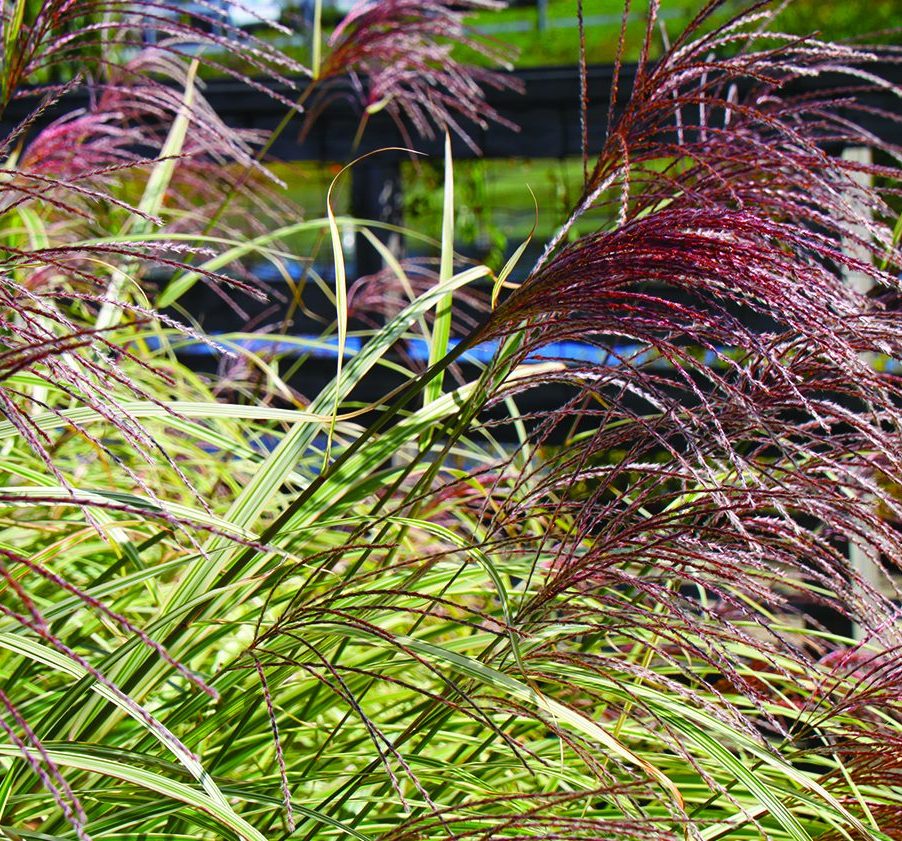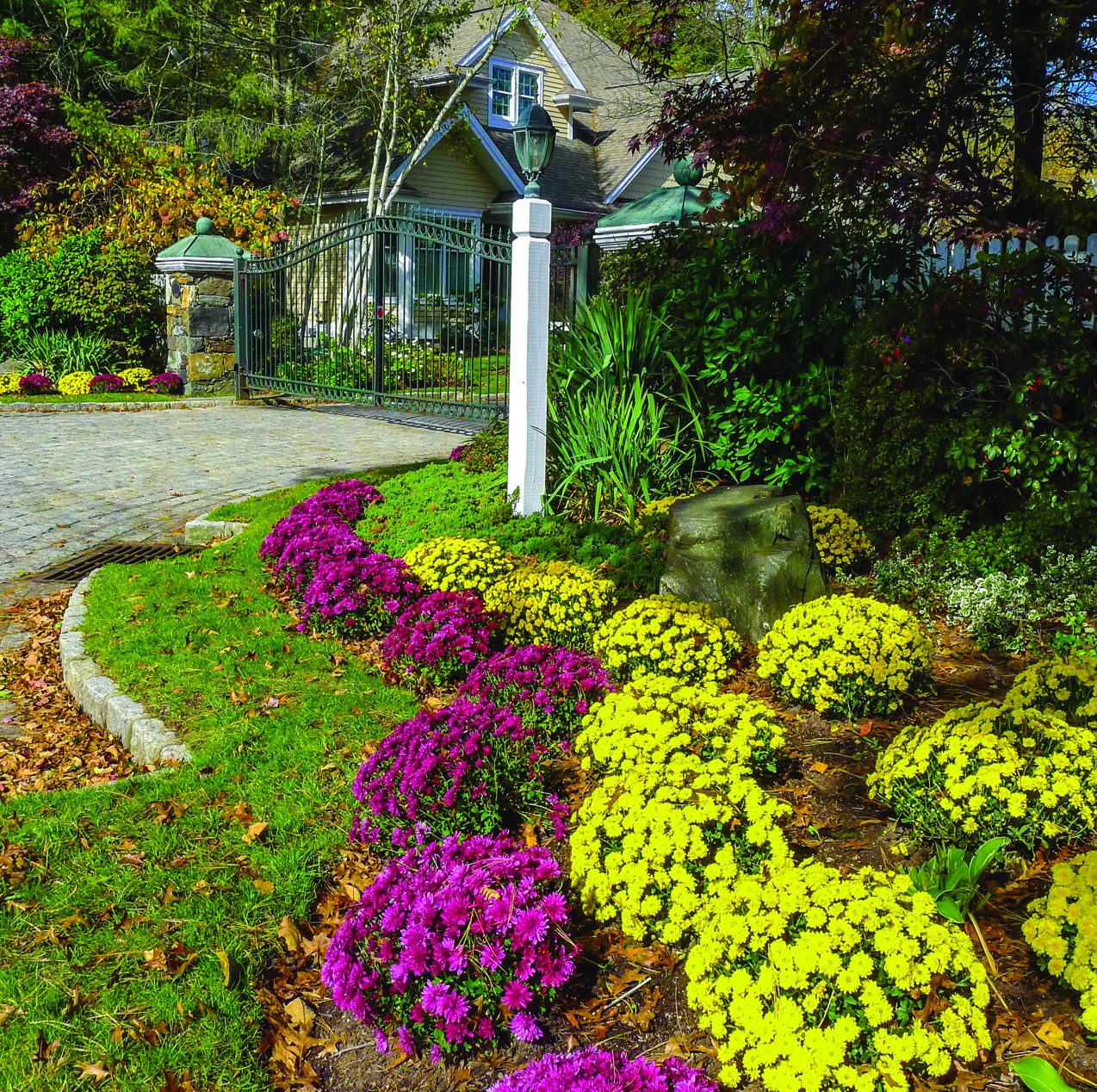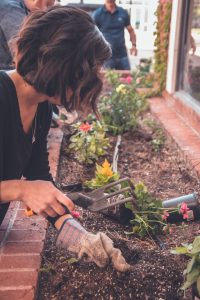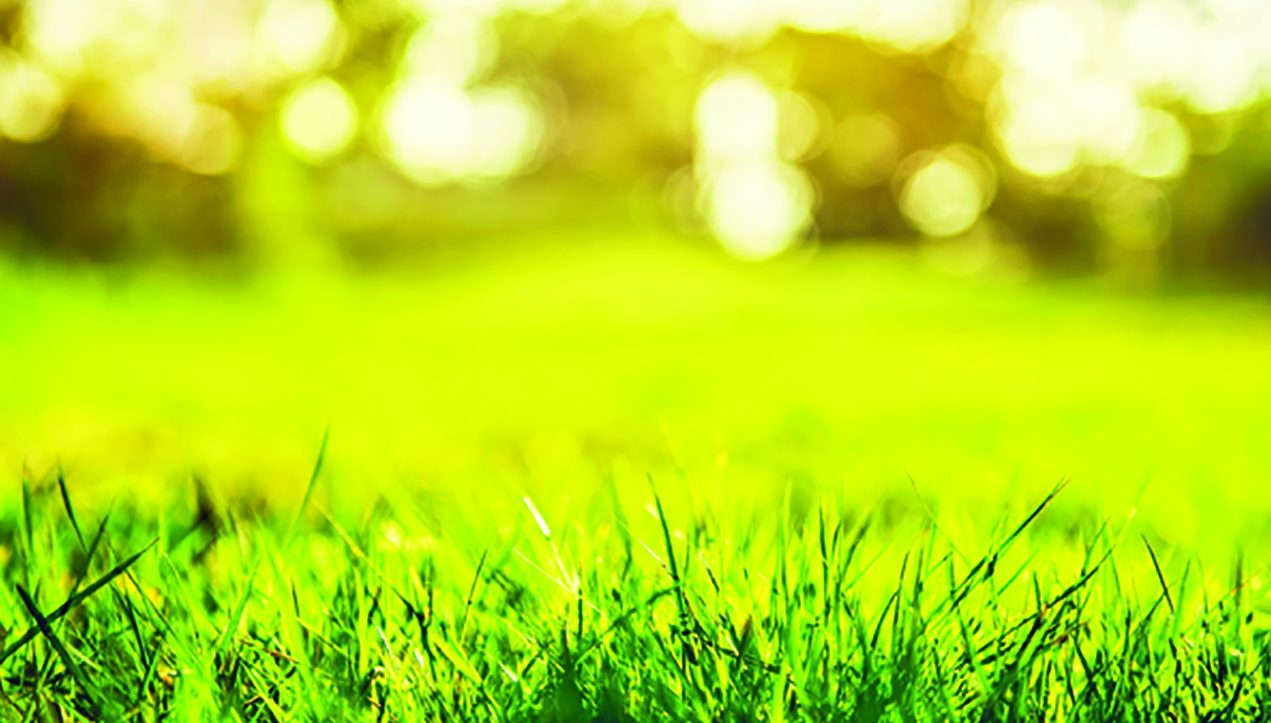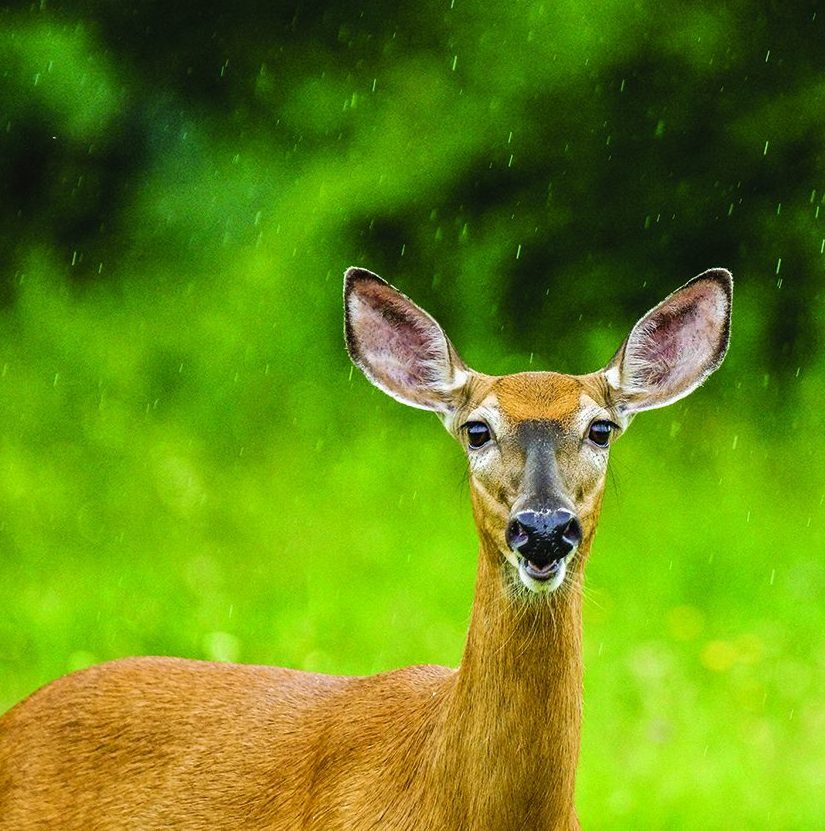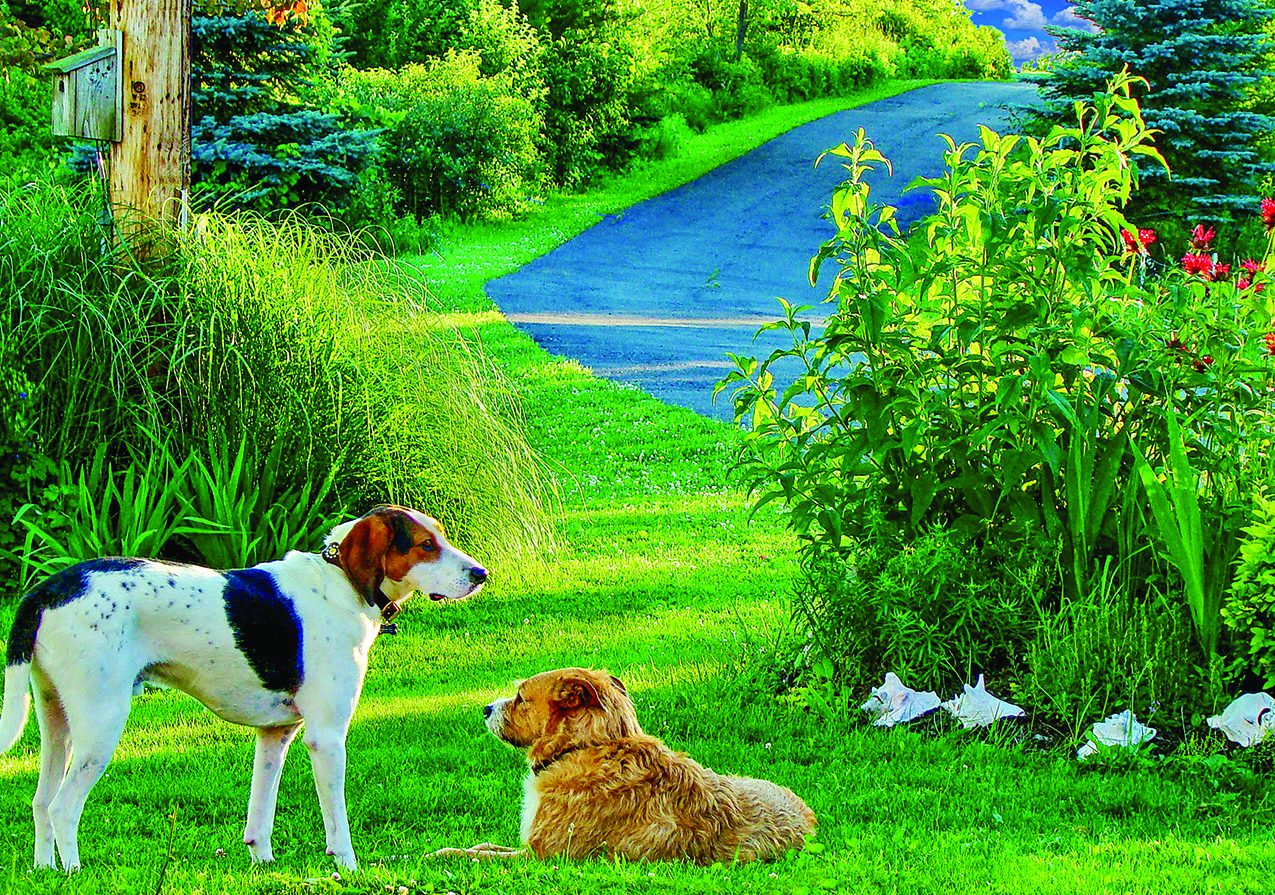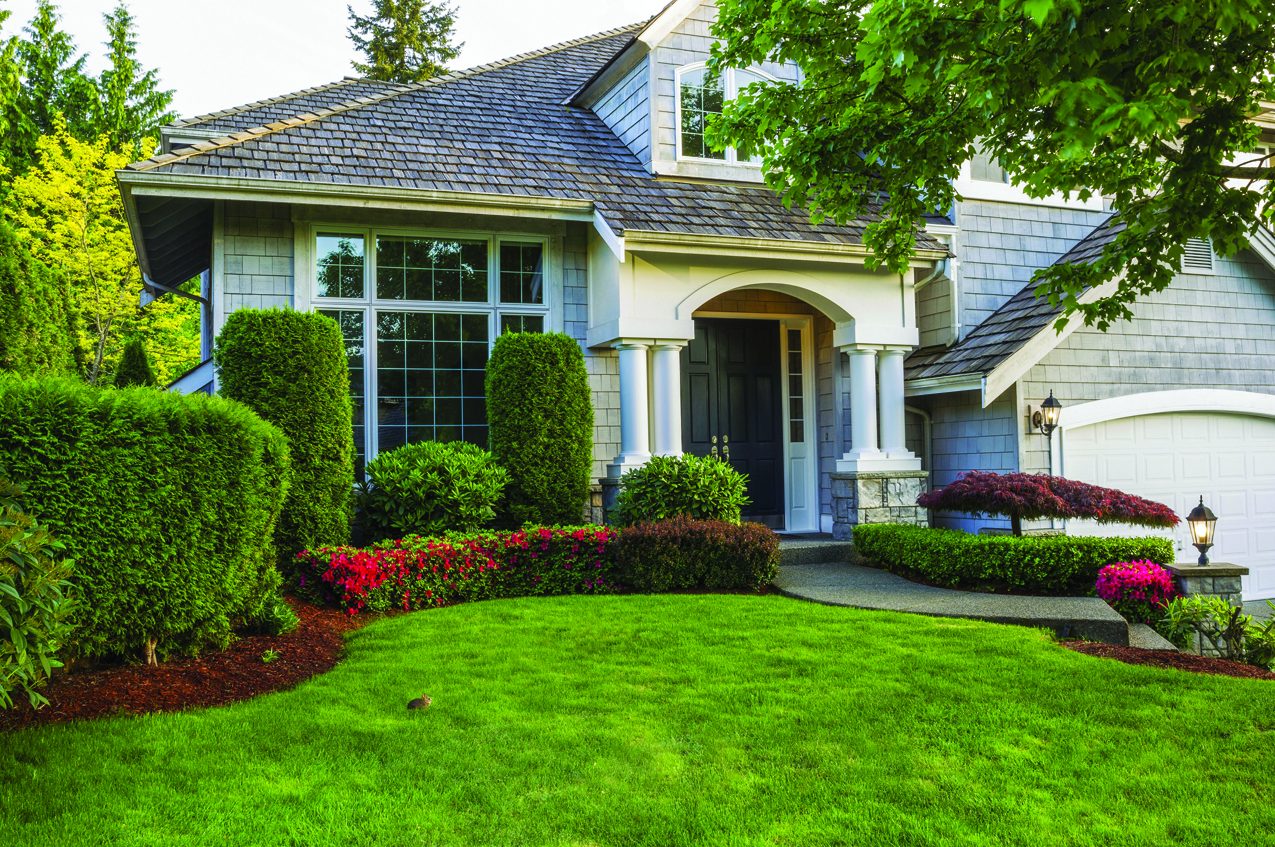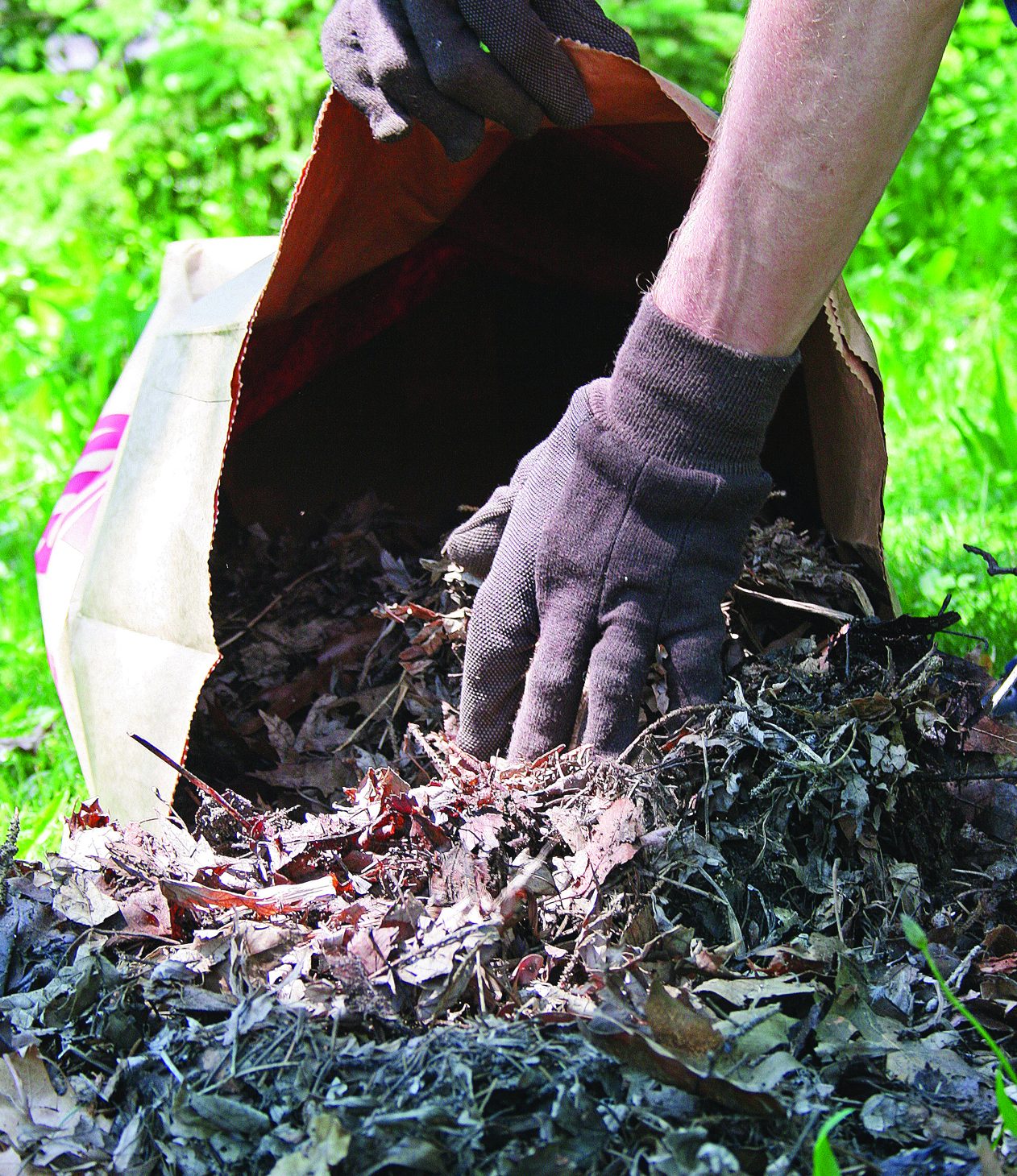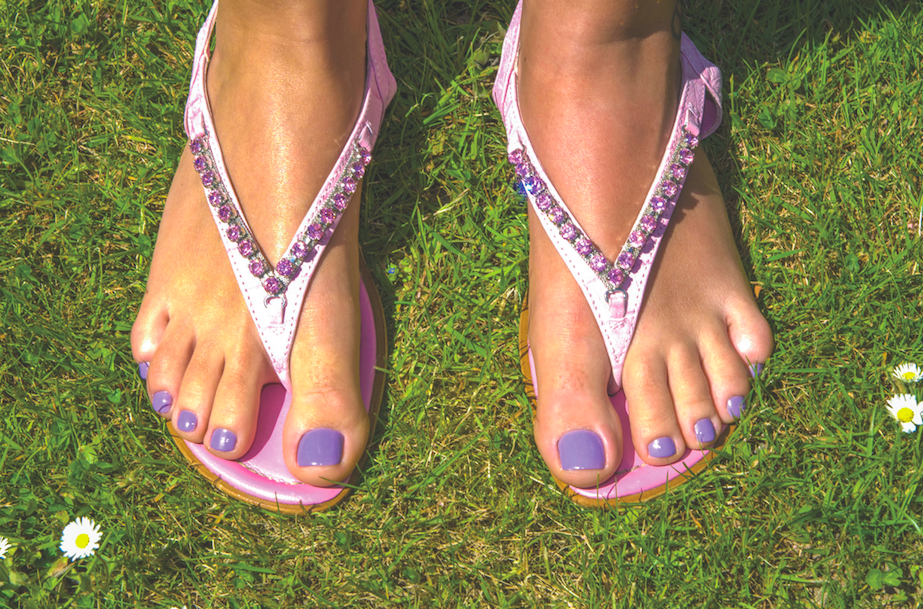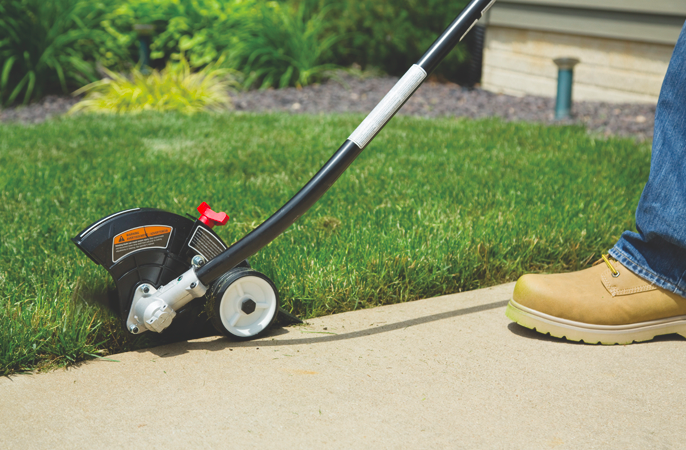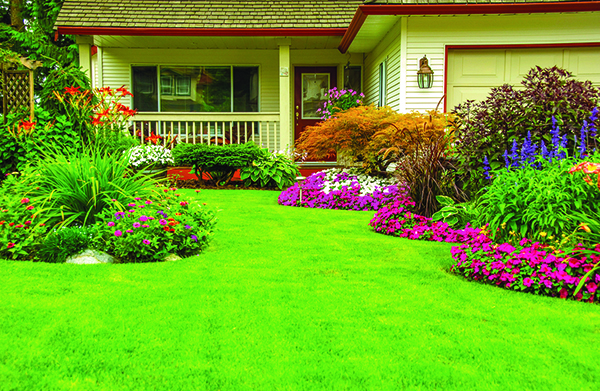A traditional lawn may not be right for every property nor desired by every homeowner. There is no denying that lawns take time and effort to establish and daily or weekly maintenance to thrive. Homeowners who find that a traditional lawn is not practical can explore some low-maintenance alternatives.
Wildflower meadow
Homeowners with wide swaths of property may discover meadows are cost- and time-efficient. Stores sell special wildflower meadow mixes of seeds or homeowners can use wildflower plug plants throughout areas where grasses are left to grow longer. This natural area can be a home to wildlife and an idyllic backdrop to a home. Most meadows only require a spring or summer and autumn cut to thrive and look good.
Ornamental grasses
Partition areas of the property for ornamental grasses to grow. The gardening resource Elemental Green says ornamental grasses tend to be drought-resistant and low-maintenance. They won’t need much fertilizer and are often resistant to pests as well. Ornamental grasses grow in tufts or sprays and will not require mowing. However, they are not ideal for areas that get foot traffic.
Moss
Moss can thrive in shady areas and ones where the soil tends to stay a bit damp. Moss is velvety soft and green, so it can mimic the look of a traditional lawn but won’t require mowing and other upkeep. Because it spreads quickly, moss can take over quite rapidly. You will need to protect areas where you do not want moss by creating barriers to stop spread.
Gravel
Stone and gravel areas can reduce maintenance in the landscape and require very little upkeep. When gravel is installed correctly, weeds may not grow readily. Gravel installation may include laying heavy-duty, semi-permeable landscape fabric, which is available in home improvement centers. Gravel is cheaper than pavers and can be just as beautiful.
Artificial turf
If the desired look is a lawn without all the upkeep, there are various artificial grass options on the market. Homeowners who opt for artificial turf can save money and space devoted to lawn mowers and other lawn tools.
Grass may be ideal for some, but there are alternatives for people who have troublesome landscapes or desire a low-maintenance product for their homes.

